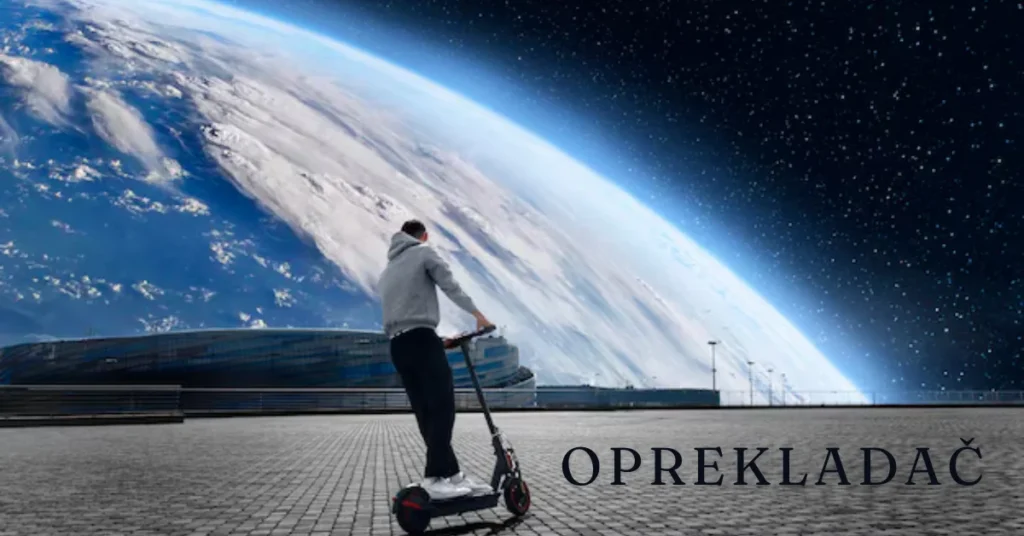Introduction to Oprekladač and its purpose
Step into the world of seamless communication with Oprekladač, the revolutionary translation technology that is reshaping how we bridge language barriers. From its humble beginnings to its cutting-edge advancements in artificial intelligence, Oprekladač has truly transformed the way we interact and connect on a global scale. Join us as we delve into the evolution of technology and explore the endless possibilities that Oprekladač offers for individuals and businesses alike.
The History of Translation Technology
In the realm of language and communication, the evolution of translation technology has been nothing short of extraordinary. It all began with early mechanical devices like phrasebooks and dictionaries, aiding travelers in deciphering foreign languages.
As time progressed, electronic translators emerged, allowing for more efficient and accurate translations. These predecessors paved the way for the sophisticated translation software we have today.
The introduction of neural machine translation marked a significant turning point, incorporating artificial intelligence to enhance linguistic capabilities. This breakthrough revolutionized how languages are interpreted and translated across various platforms.
With each technological advancement, barriers to global communication continue to diminish, bringing people closer together regardless of language differences. The journey of translation technology is an ongoing narrative that continues to shape our interconnected world.
Advancements in Artificial Intelligence
Artificial Intelligence (AI) has revolutionized the field of translation technology with its rapid advancements. Gone are the days of basic word-for-word translations; AI now enables Oprekladač to understand context, idioms, and nuances in language. Through machine learning algorithms, Oprekladač can continuously improve its accuracy by analyzing vast amounts of data.
The incorporation of neural networks in AI has further enhanced the capabilities of Oprekladač by simulating human brain functions. This allows for more natural-sounding translations that resonate with native speakers. Additionally, AI-powered translation tools can adapt to different dialects and regional variations effortlessly.
Furthermore, real-time processing and cloud-based systems have made translation services more efficient than ever before. Users can now access accurate translations instantaneously across multiple devices. The evolution of Artificial Intelligence continues to shape the landscape of communication and foster global connectivity like never before.
Benefits of Oprekladač for Individuals and Businesses
Oprekladač, the innovative translation technology, offers a myriad of benefits for both individuals and businesses alike. For individuals, Oprekladač provides instant language translation services, breaking down communication barriers across borders. Whether traveling abroad or interacting with people from different linguistic backgrounds online, Oprekladač streamlines conversations and enhances understanding.
Businesses can leverage Oprekladač to expand their global reach and engage with international markets more effectively. With accurate translations in real-time, companies can communicate seamlessly with clients and partners worldwide, fostering stronger relationships and driving business growth. Moreover, Oprekladač helps businesses save time and resources by automating the translation process, allowing them to focus on core operations.
The convenience and efficiency that Oprekladač brings to individuals and businesses make it a valuable tool in today’s interconnected world.
Potential Impact on the Translation Industry
The potential impact of Oprekladač on the translation industry is profound. With its advanced AI capabilities, this technology has the ability to streamline and enhance the translation process like never before. By automating tasks that were once time-consuming for human translators, Oprekladač can significantly increase efficiency and accuracy in language translations.
Furthermore, Oprekladač has the potential to break down language barriers on a global scale, enabling seamless communication between individuals and businesses from different linguistic backgrounds. This could revolutionize international business transactions, cultural exchanges, and even personal interactions.
However, some may argue that relying too heavily on automated translation technologies like Oprekladač could diminish the importance of human translators and their unique skills. It’s crucial for stakeholders in the industry to find a balance between leveraging AI advancements for improved efficiency while still valuing the expertise of professional linguists.
Controversies Surrounding Oprekladač
Controversies Surrounding Oprekladač have sparked debates within the translation industry and beyond. One major concern is the potential loss of human touch in translations, as some worry that relying too much on technology could compromise nuance and cultural context. Critics also point out instances where Oprekladač may mistranslate sensitive or complex content inaccurately, leading to misunderstandings or even conflicts.
Privacy issues have emerged as another hot topic surrounding Oprekladač usage. With data being processed through the tool, there are fears about data security breaches and misuse of personal information. Additionally, there are worries about job displacement in the translation field due to the efficiency and speed at which Oprekladač can operate compared to human translators.
Despite these controversies, advocates argue that when used appropriately, Oprekladač can complement human translation efforts effectively while increasing productivity. The ongoing discussions around its implications highlight the need for careful consideration and regulation as technology continues to evolve in language services.
Future Possibilities and Limitations
As technology continues to advance, the future of Oprekladač holds endless possibilities. With ongoing developments in artificial intelligence and machine learning, the accuracy and speed of translations are expected to improve significantly.
One potential limitation is the risk of losing nuance and cultural context in translations, especially for complex or highly specialized content. While AI can process vast amounts of information quickly, it may struggle with subtle nuances that human translators can capture effortlessly.
However, advancements in neural networks and deep learning algorithms offer hope for overcoming these limitations. Future versions of Oprekladač could potentially incorporate more sophisticated language models that better understand context and tone.
Despite these challenges, the evolution of translation technology like Oprekladač presents exciting opportunities for bridging linguistic barriers on a global scale. The key lies in striking a balance between technological innovation and preserving the artistry of language interpretation.
Conclusion: Embracing the Evolution of Technology for Better Communication
Embracing the Evolution of Technology for Better Communication
Oprekladač is more than just a tool; it represents the continuous evolution of technology in breaking down language barriers and fostering global communication. From its humble beginnings to the current advancements in artificial intelligence, Oprekladačs has revolutionized how individuals and businesses interact with different languages.
As we look towards the future, it’s essential to embrace these technological advancements while also being mindful of their limitations. While Oprekladačs offers immense benefits, there are still controversies surrounding its accuracy and impact on human translators. However, by understanding its potential and harnessing its capabilities responsibly, we can leverage Oprekladačs to enhance cross-cultural communication like never before.
In this fast-paced digital age, where connectivity knows no bounds, Oprekladačs stands as a testament to our strive for better understanding and collaboration across linguistic divides. By welcoming this evolution of technology with open arms, we pave the way for a more interconnected world where communication transcends language barriers effortlessly. Let us continue to explore the possibilities that Oprekladačs presents and utilize them to foster greater unity and cooperation among all peoples worldwide.
FAQs
What is “Oprekladač”?
Oprekladač is an advanced translation technology that utilizes artificial intelligence to facilitate seamless communication across different languages. It transforms how individuals and businesses interact globally by providing real-time, accurate translations.
How does Oprekladač work?
Oprekladač operates through sophisticated artificial intelligence algorithms known as neural networks. These algorithms enable it to understand context, idioms, and nuances in languages, offering more natural and accurate translations compared to traditional methods.
What are the benefits of using Oprekladač?
Oprekladač benefits individuals by breaking down language barriers during travel or online interactions. For businesses, it enhances global communication, expands market reach, and facilitates stronger client relationships through efficient and reliable translations.
What are the potential limitations of Oprekladač?
While Oprekladač excels in many areas, it may struggle with preserving nuanced cultural contexts in translations, particularly for complex or specialized content. Additionally, concerns about data privacy and job displacement in the translation industry have been raised.
How is Oprekladač impacting the translation industry?
Oprekladač is reshaping the translation industry by automating and speeding up translation processes. This technology has sparked discussions about the role of human translators versus AI, emphasizing the need for a balanced approach that integrates technological innovation with human expertise.







